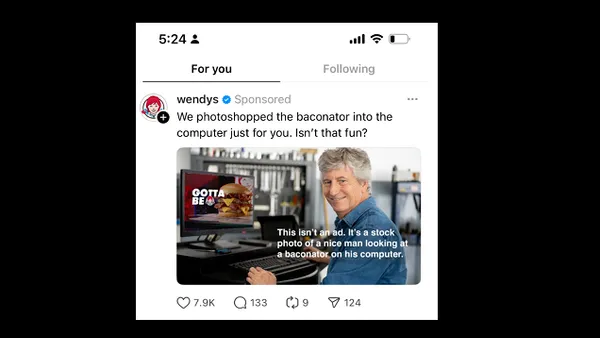For those seeking an example of the breakneck pace of the mounting political “call and response” attack cycle, 84 minutes may very well be a new benchmark.
It took a mere one hour and 24 minutes for Mitt Romney adviser Eric Fehrnstrom to mount a Twitter offensive against Hilary Rosen after the Democratic strategist’s incendiary remarks on CNN last month about Romney’s wife Ann never having worked “a day in her life.”
And the most salient point of all: as responses go, Fehrnstrom’s was slow.
Welcome to the digital democracy, where Twitter has become a veritable particle accelerator for news cycles and political battles. The social media platform has given way to a ceaseless torrent of inside-baseball minutiae and partisan nitpickery. It is the home of meaningless scooplets and high-profile dustups. It is, for better or worse, the center of the political conversation, and it is transforming the way political campaigns and those who cover them do business.
“What happens on Twitter does not stay on Twitter—it is not Las Vegas,” says Peter Greenberger, Twitter’s director of political ad sales in Washington, D.C. And if anyone in Washington has reason to smile these days, it’s him.
“It’s amazing. Rosen’s initial comment was on CNN, but within seconds it














